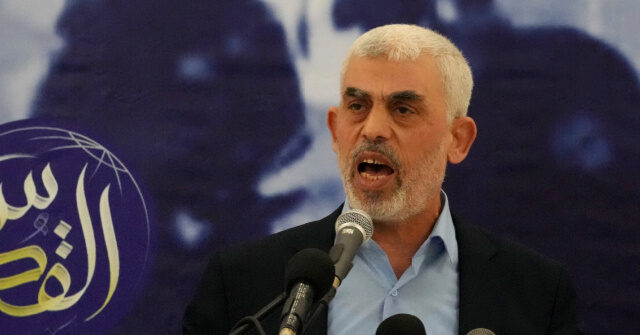The recent release of footage by the Israel Defense Forces (IDF) showcasing the lavish bunker of Hamas leader Yahya Sinwar has sparked significant attention and debate. Located under Sinwar’s hometown of Khan Yunis, this bunker was not only a refuge for the Hamas leader but also a veritable fortress filled with an impressive array of luxuries: hefty stockpiles of cash, various weapons and ammunition, and numerous amenities such as a full kitchen and a private shower. The IDF highlighted the irony of Sinwar’s lavish lifestyle juxtaposed against the backdrop of the dire humanitarian crisis in Gaza, where ordinary Palestinians suffer from poverty and deprivation. This stark contrast has fueled discussions on the allocation and oversight of foreign aid intended for the Palestinian populace, as Israel has long accused Hamas of misappropriating billions meant for humanitarian efforts.
The details of Sinwar’s bunker paint a vivid picture of the disparity between his opulent existence and the struggles faced by those he ostensibly is meant to represent. The footage revealed that the kitchen was stocked with provisions from the United Nations Relief and Works Agency (UNRWA), an agency that has faced scrutiny for its alleged enabling of Hamas through its operations. Sinwar’s personal safe, reportedly containing stacks of Israeli currency, raises further questions about the misuse of funds earmarked for Gaza’s civilians. Meanwhile, additional footage surfaced depicting Sinwar’s wife carrying what appeared to be a designer handbag valued at over $32,000, suggesting a lifestyle far removed from that of the average Gazan. Critics argue that such displays underscore the allegations of corruption and exploitation of foreign aid by Hamas.
It is crucial to note that the IDF recently claimed to have almost captured Sinwar in February but that he narrowly escaped to another hiding location—a pattern indicative of his precarious position as a high-profile target. Following months of evasion, Sinwar was eventually found in Rafah, where he was cornered by Israeli ground troops and killed. In a grim revelation, the IDF also reported the discovery of the corpses of six Israelis, kidnapped and utilized by Sinwar as human shields. Reports suggested that these hostages were malnourished and weak, with claims that Sinwar executed them to eliminate any potential burden during his escape attempt.
The response from Palestinian factions to Sinwar’s death has often attempted to frame him as a steadfast symbol of resistance. Imagery of his final moments allegedly portrays him as a brave warrior fighting against Israeli forces. In contrast, the IDF’s release of footage was likely geared towards countering these narratives by illustrating that Sinwar had retreated to a life of comfort while his people suffered. The IDF seems determined to dismantle the mythos surrounding Sinwar, aiming to show that while he resided in opulence, his fellow Palestinians endured hardship and violence.
The intent behind the IDF’s release of the bunker footage may reflect an ongoing battle of narratives between Israel and Hamas, especially concerning the legitimacy and portrayal of their respective leaders. In the wider context, such images could serve as a potent tool in shaping perceptions among both local and international audiences regarding the nature of leadership within Hamas and the implications of foreign aid mismanagement. By showcasing Sinwar’s lavish lifestyle, the IDF aims to provoke critical discussions about wealth disparity amidst conflict, potentially swaying public opinion against Hamas’ governance.
As a final note, the IDF’s intention to demolish the house where Sinwar was killed implies a desire to prevent it from becoming a shrine or symbol of martyrdom for his supporters. As tensions between Israel and Hamas continue to simmer, the complexities and ironies adjacent to the conflict are ever-present. The narrative surrounding Yahya Sinwar’s life and death reflects not only the current tensions in the region but also highlights broader issues of governance, aid, and public perception that shape the ongoing conflict. Through these revelations, the IDF attempts to assert a narrative that emphasizes accountability and opposition to the alleged misappropriation of resources intended for humanitarian aid, framing the story of Yahya Sinwar as one that may resonate far beyond the borders of Gaza.

